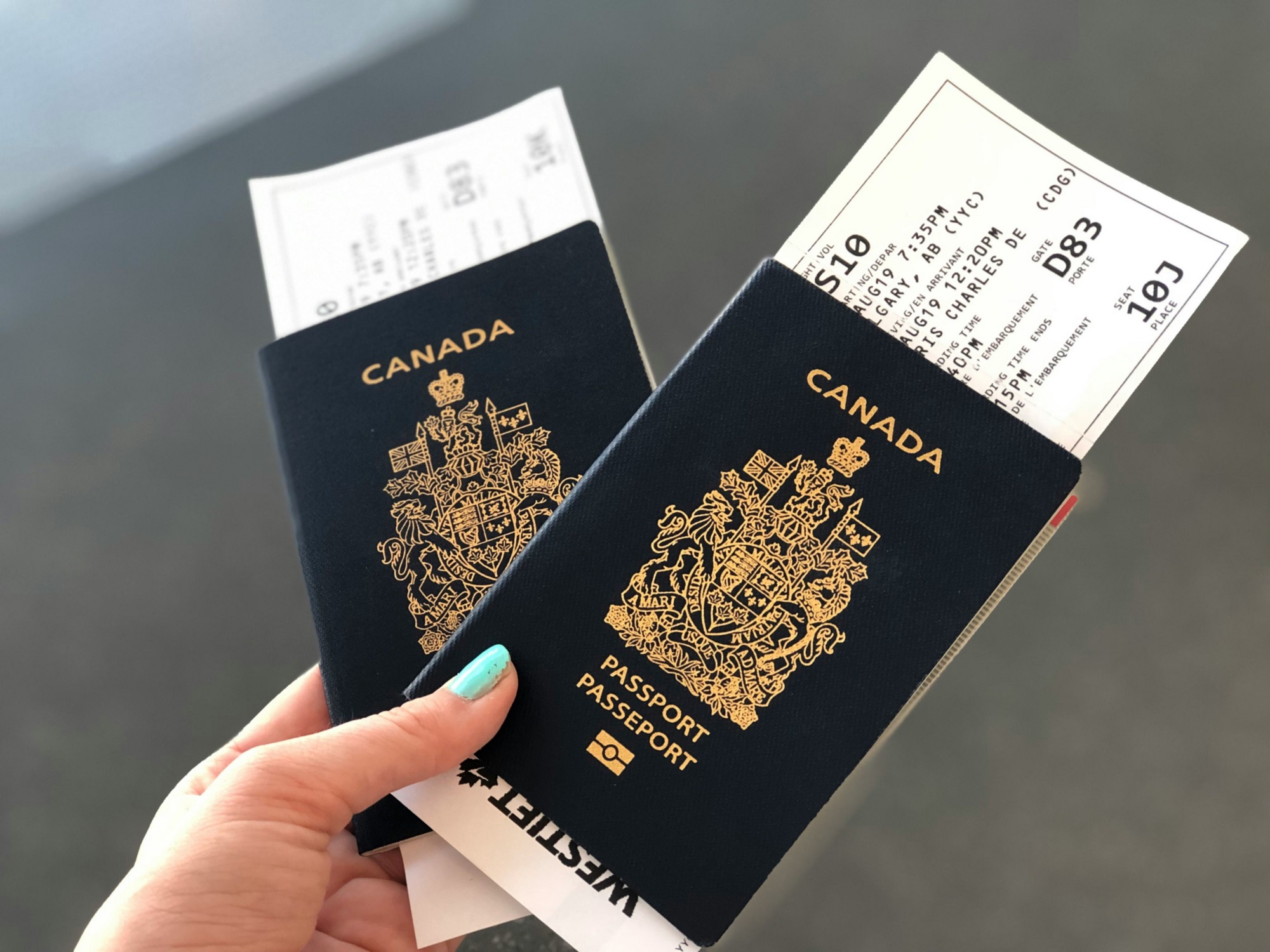Navigate Canadian roads legally and safely with our 2025 Edition guide.
Download Your Free Rental Checklist PDFTo rent a car in Canada, drivers typically need to be at least 21 years old, though some companies and vehicle classes may require drivers to be 25 or older. A valid driver's license from your home country is essential. If your license is not in English or French, an International Driving Permit (IDP) is highly recommended and often required. For Canadian residents, a full G license is usually needed, while a G2 may have restrictions. Always verify specific requirements with your chosen rental company.
Rental fleets in Canada offer a wide range of vehicles to suit various needs and budgets. Common classes include economy, compact, mid-size, and full-size sedans, ideal for city driving and fuel efficiency. For more space or rougher terrain, SUVs (standard, mid-size, full-size) are popular. Luxury cars, minivans, and trucks are also available. Choosing the right class depends on your travel plans, passenger count, and luggage.

Several reputable car rental companies operate across Canada, offering extensive networks in major cities and airports. These include global brands like Enterprise Rent-A-Car, Hertz, Avis, Budget, Thrifty, National, and Alamo. Additionally, peer-to-peer platforms like Turo provide alternative rental options, often with unique vehicle choices. Always book through licensed and recognized providers for safety and reliability.
When picking up your rental car, you'll need a few key documents. A valid driver's license (original, not a copy) is paramount. You'll also need a valid passport or other government-issued identification. Crucially, a major credit card in the primary driver's name is required for the security deposit and often for the rental payment itself. Debit cards are generally not accepted for deposits.
A security deposit is standard practice, held on your credit card to cover potential damages or additional charges. This amount varies by company and vehicle class. The deductible (or "franchise") is the maximum amount you would be liable for in case of damage, even with insurance. Understanding your deductible is vital, as it can significantly impact your out-of-pocket costs if an incident occurs.

In Canada, third-party liability insurance is mandatory and typically included in your rental rate. This covers damages to other vehicles or property, or injuries to others, if you are at fault. Additional insurance options are highly recommended, such as Loss Damage Waiver (LDW) or Collision Damage Waiver (CDW), which relieve you of financial responsibility for damage to the rental vehicle itself. Other options include Personal Accident Insurance (PAI) and Roadside Assistance. Check if your personal car insurance or credit card offers coverage before purchasing extras.
The cost of car rental in Canada can vary significantly based on several factors. Major cities like Toronto and Vancouver often have higher rates than smaller towns. Peak seasons (summer, holidays) see increased demand and prices. Longer rental durations usually result in a lower daily rate. Booking in advance, especially during busy periods, can often secure better deals.
Be aware of additional costs beyond the base rental rate. Provincial sales taxes (PST) and Goods and Services Tax (GST) apply. Fuel policies vary; "full-to-full" is common and generally the most economical. One-way rentals, where you pick up in one city and drop off in another, almost always incur a significant "drop-off" fee. Always clarify all charges before finalizing your booking.

You have two main options for booking: using online travel aggregators (like Kayak, Expedia, RentalCars.com) or booking directly through the rental company's website. Aggregators allow for quick price comparison across multiple providers. However, booking directly can sometimes offer exclusive deals, better flexibility for modifications, and direct customer service. It's often wise to check both channels before making a decision.
One common mistake is not thoroughly inspecting the vehicle for existing damage before driving off and documenting it. Another is failing to understand the insurance coverage, leading to unexpected liabilities. Tourists might also overlook specific local driving laws or winter tire requirements in certain provinces. Immigrants new to Canada should familiarize themselves with provincial driving regulations and licensing processes.
To avoid hidden fees, always read the rental agreement carefully before signing. Pay close attention to fuel policies, additional driver fees, mileage limits, and charges for optional extras like GPS or child seats. Take photos or videos of the car's condition at pickup and drop-off to dispute any unwarranted damage claims. Return the car on time and in the agreed-upon condition.

Rental companies impose various fines for breaches of contract. Late returns can result in significant hourly or daily charges. Damage to the vehicle beyond normal wear and tear will be charged, potentially up to your deductible. Smoking in a non-smoking vehicle will incur a hefty cleaning fee, often hundreds of dollars. Always adhere to the terms to avoid these penalties.
As Canada's largest city, Toronto offers abundant rental options at Pearson International Airport (YYZ) and numerous downtown locations. Traffic can be heavy, so consider public transport for city exploration and rent a car for longer excursions or trips outside the Greater Toronto Area.
Vancouver is a gateway to stunning natural beauty. Renting a car is ideal for exploring Whistler, the Okanagan Valley, or the Rocky Mountains. Pick up at Vancouver International Airport (YVR) or city branches. Be mindful of mountain driving conditions in winter.
In Quebec, road signs are primarily in French. During winter, specific winter tire requirements are enforced by law. Montreal-Trudeau Airport (YUL) is the main rental hub. Driving in the city can be challenging due to narrow streets and complex intersections.
Calgary is the perfect starting point for exploring the Canadian Rockies, including Banff and Jasper National Parks. Rentals are readily available at Calgary International Airport (YYC). Be prepared for varying weather conditions, especially if driving into the mountains.
Airport rentals offer convenience upon arrival but often come with higher fees due to airport surcharges. In-city locations might be cheaper but require transportation to reach. Weigh the cost savings against the convenience for your travel plans.
Enter your email to receive our comprehensive PDF guide, ensuring a smooth and worry-free rental experience in Canada.